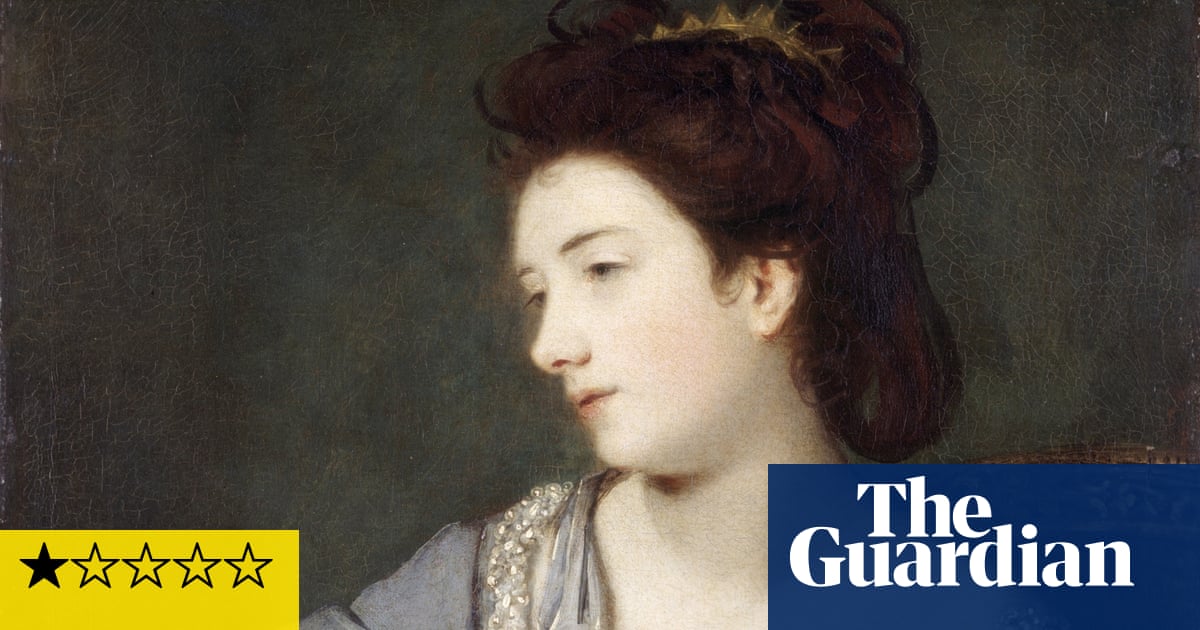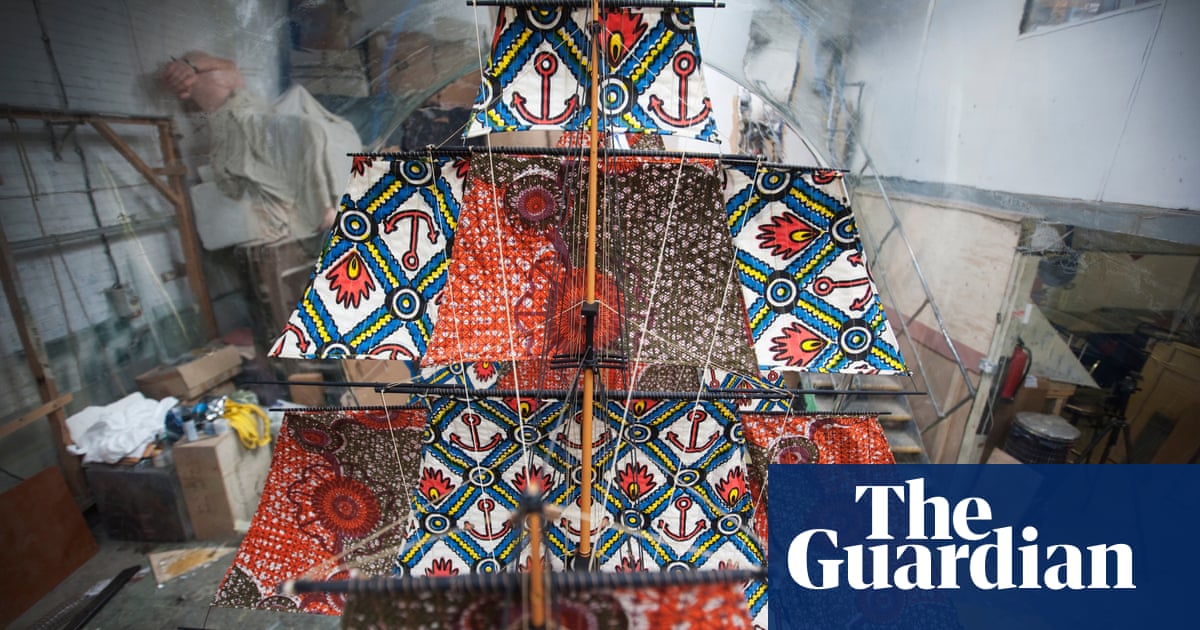
The countess stands above you, caressed by rose-tinted lace, putting her foot forward under her pink skirts as if dancing, but her face administers a sharp sting of authority. This painting, which hangs in a stately home on the edge of Hampstead Heath in London, proves that 18th-century British portraits can be truly stunning works of art. The trouble is that Mary, Countess Howe is distracting me from my work, for this is a painting by Thomas Gainsborough and I am supposed to be looking at a display celebrating his contemporary, Sir Joshua Reynolds.
Work? Damn right it is. It is hard to look long enough at a painting by Reynolds to form an opinion of it. You stand there trying to seem engaged while your brain is wandering off to think about the light socket on the wall or the best bus route home. It is particularly difficult to pay attention to him in this house where the Iveagh Bequest includes real masterpieces by Rembrandt and Vermeer. And most surgically annihilating to Reynolds, Gainsborough’s Countess.
A number of Reynolds’s portraits of women hang with her in the Music Room, but they melt under her contemptuous gaze. Mrs Tollemache As Miranda is a picture of someone who clearly can’t act, attempting a Shakespearean role. She just stands there waving her arms about awkwardly. It isn’t her fault, it’s his.
Reynolds has no imagination as a painter. His idea of creating a great work of art is to dress someone in a splendid costume, place some props behind them and flatly record the scene. There is no sense that it’s anything but a professional exercise. The best painting by him at Kenwood House is a self-portrait from which he gazes back at you through spectacles. He looks a saddened, anxious person – there’s no fire in those myopic eyes.
Why, then, is this forgettable painter getting a special English Heritage show for his 300th birthday? By all artistic justice, Reynolds ought to have slipped from our memories long ago. His contemporary William Blake raged: “This man was hired to depress art.” Reynolds is still at it, still depressing art. This is for very British reasons. He invented the British art establishment and it is still loyal to him.
Reynolds was the first president of the institution that protects artistic status in Britain, the Royal Academy, founded in 1768. It still pays him homage. His statue greets you in its courtyard. He is a fitting hero for the RA, which, generation after generation, has been stuffed with Reynoldses – artists whose works take up space in the Summer Exhibition regardless of quality. But now Reynolds has another institutional boost, the National Portrait Gallery’s purchase, with the Getty Museum, of Reynolds’s Portrait of Omai for £50m.
That puts Reynolds in the superstar category, way beyond his contemporaries, and competing with the likes of Damien Hirst and Lucian Freud. It is a vastly inflated value for his work as this display makes obvious. He churned out stuff of the same bland quality as Omai by the wagonload, much like a studio photographer and just as shallow.
The trappings of seriousness are everywhere. Lady Diana Beauclerk sits in front of a colossal urn, a symbol of the classical tradition. She puts on a sad face with a hint of early Romanticism. Yet these effects are all on the surface. Reynolds doesn’t have enough empathy with his sitters to expose their souls. He doesn’t look beyond the pose.
His addiction to classical decor reflects the neoclassical age when 18th-century Europe was fascinated by the freshly discovered ruins of Pompeii and Robert Adam could do you a Greek style room like the beautiful library at Kenwood. Reynolds championed a grave, ambitious neoclassical conception of art in his Discourses Delivered at the Royal Academy, one of the first British books of art theory. But his portraits are cynical hackwork as he turns his lofty principles into stylish trappings. Sophia Musters, a lover of the Prince Regent, poses as the Greek goddess Hebe, feeding ambrosia to Zeus’s eagle. Who cares?
As the show is scattered through the house, you can freely compare his paintings with others in this fine collection. Every other British 18th-century artist has something Reynolds lacks. George Romney’s portrait of Emma Hart As “the Spinstress” is one of this artist’s obsessive paintings of the woman who became Lady Hamilton, and Nelson’s lover: Romney obviously wishes she was his lover and she smoulders at him from under her hood. A painting by Joseph Wright of Derby depicts two girls playing, perhaps cruelly, with a cat they hold up in the sharp light of a candle, surrounded by darkness: it is a typically gripping work by this artist who, unlike the establishment London success Reynolds, was looked down on for living and working in the Midlands.
Wright, Gainsborough, even Romney, have originality and personality. Their art has survived on its merits. Reynolds has endured for other reasons. Like the aristocracy, he just won’t go away. As Blake recognised, something in the bones of British culture is committed to the respectability of this minor talent.
Spotlight on Reynolds is at Kenwood House, London, until 19 November.












